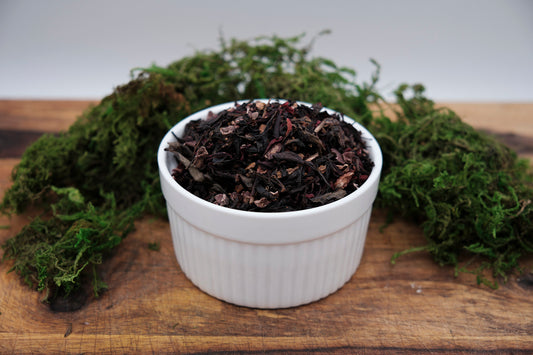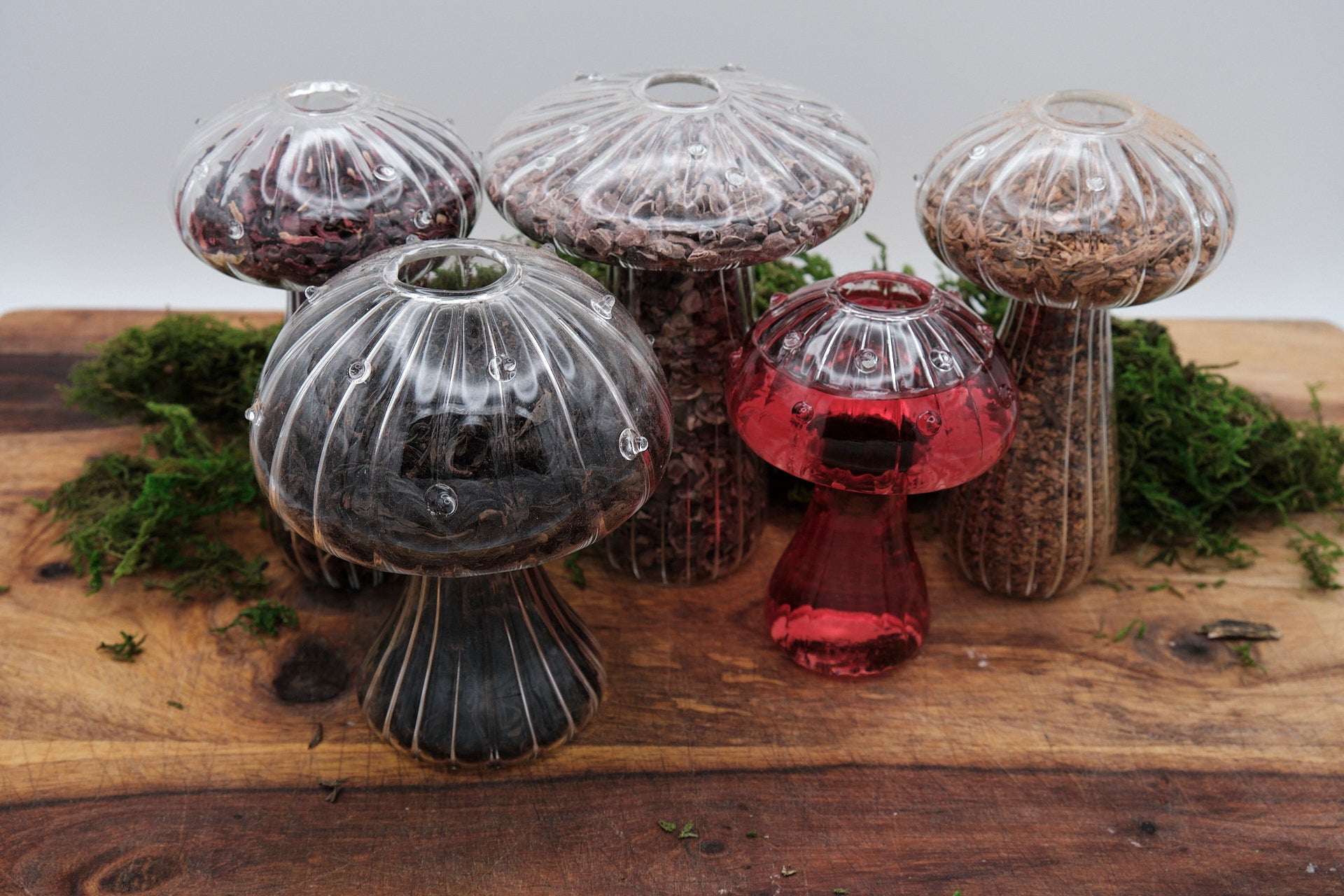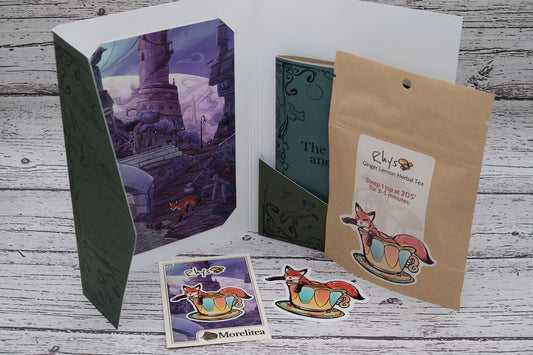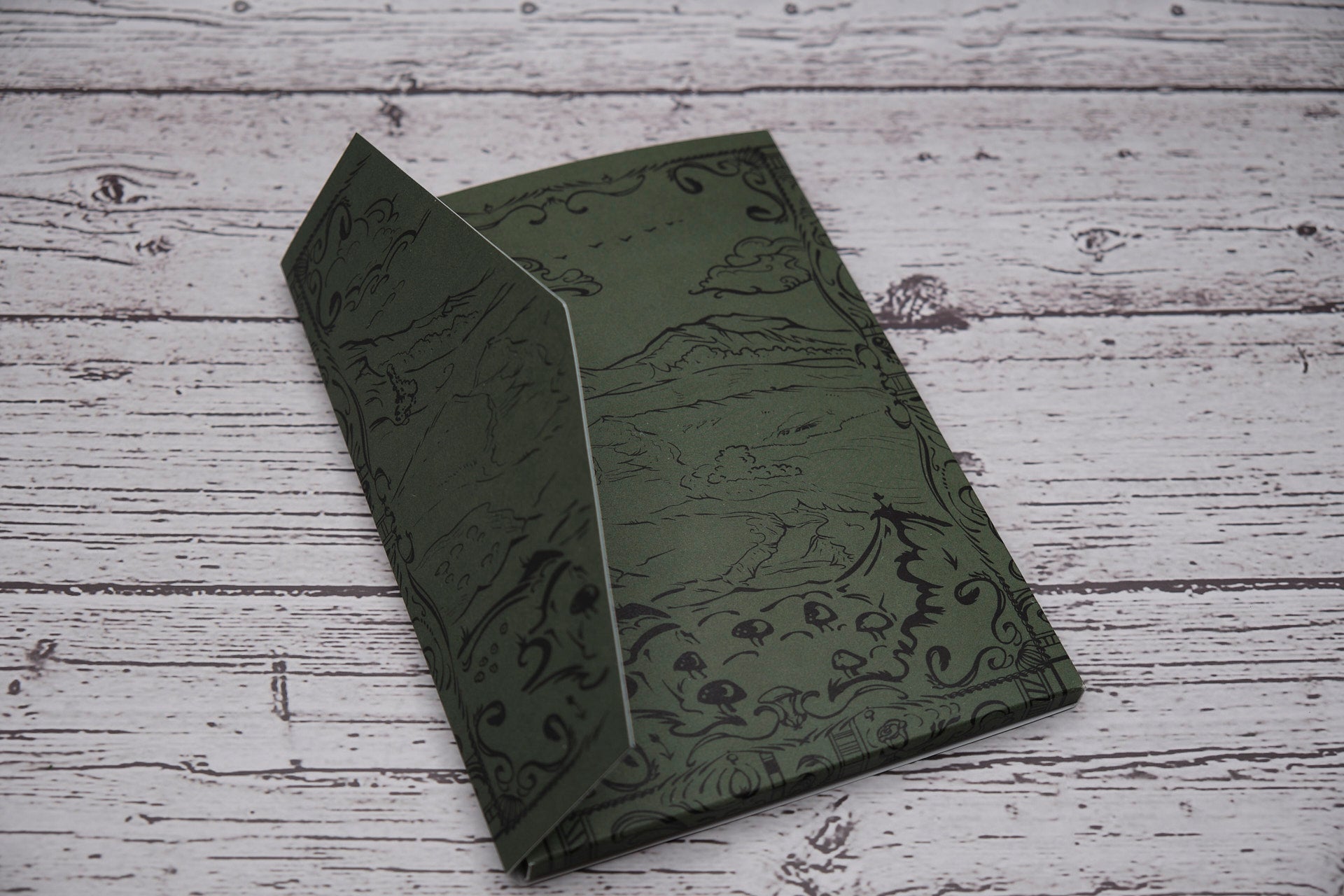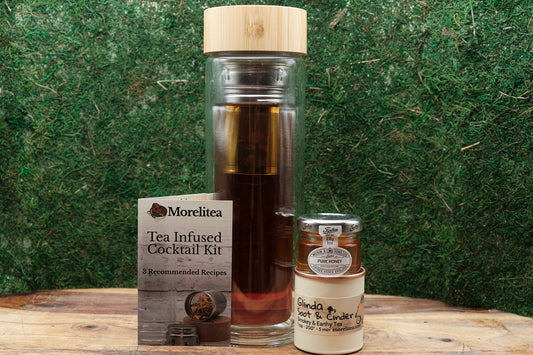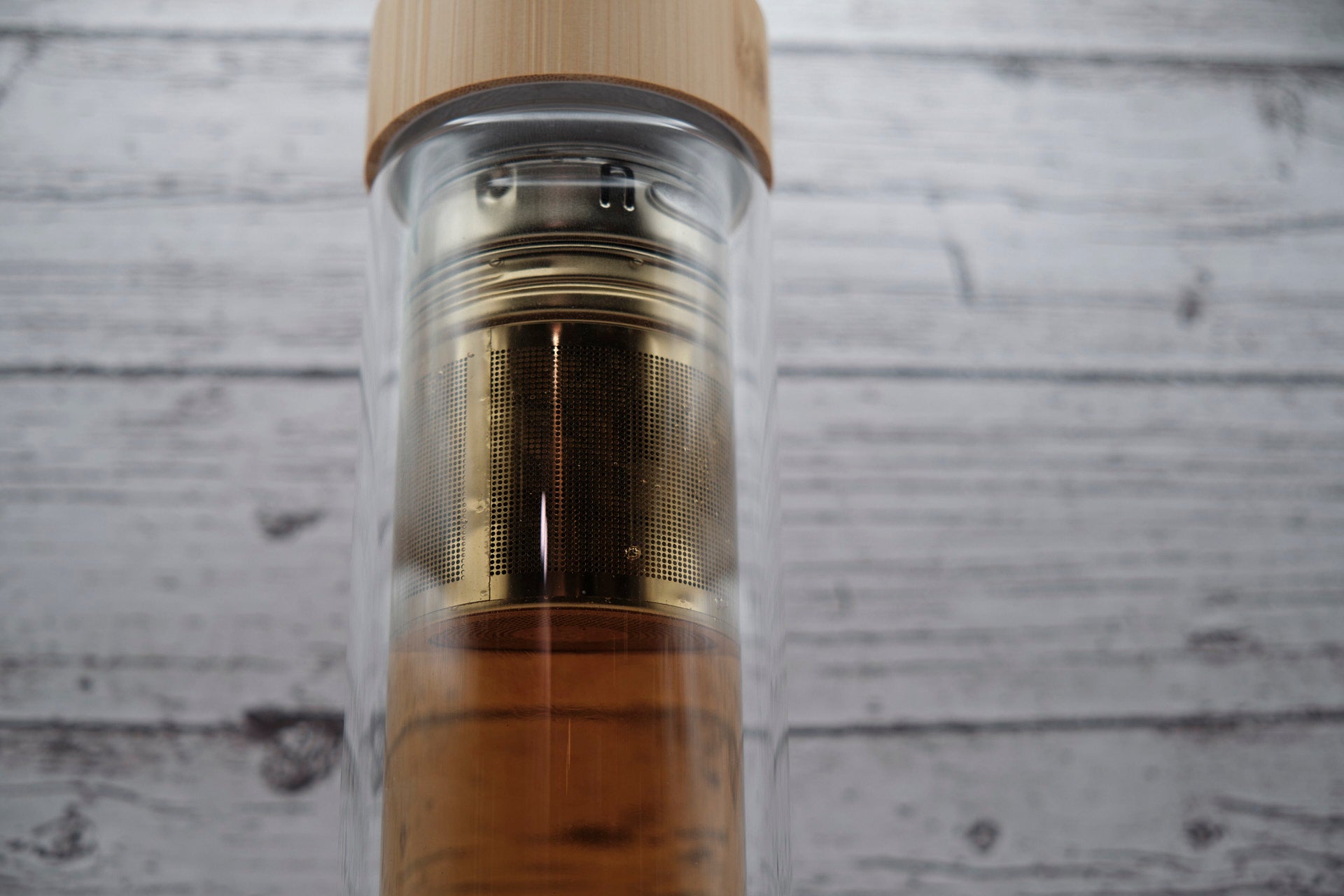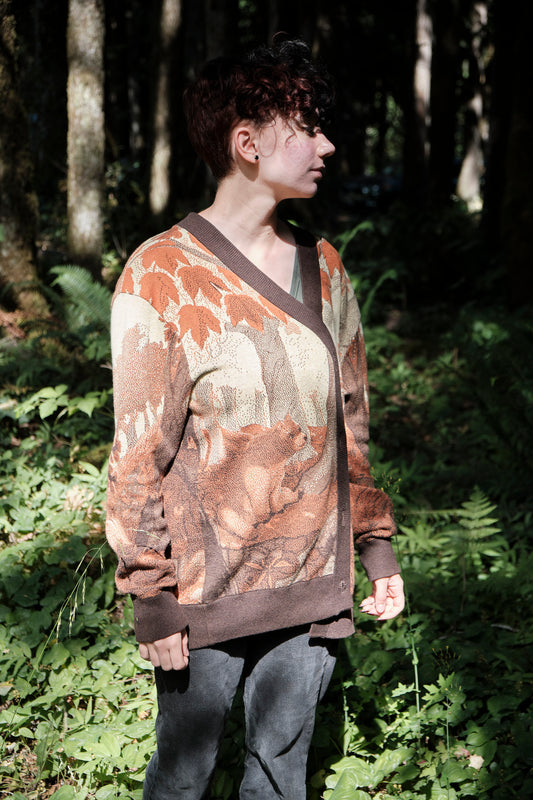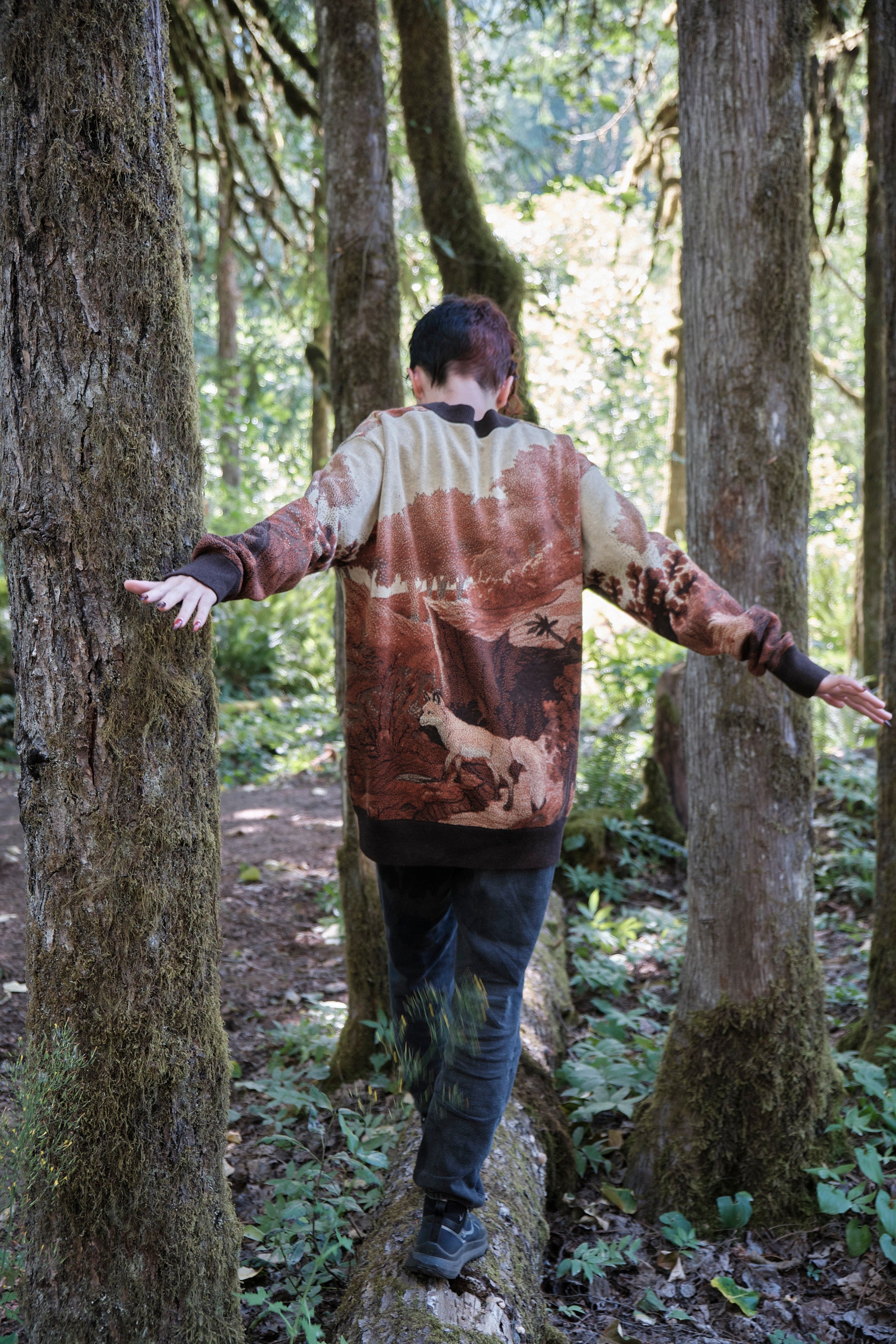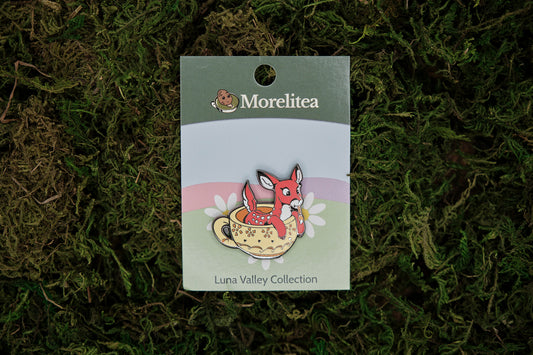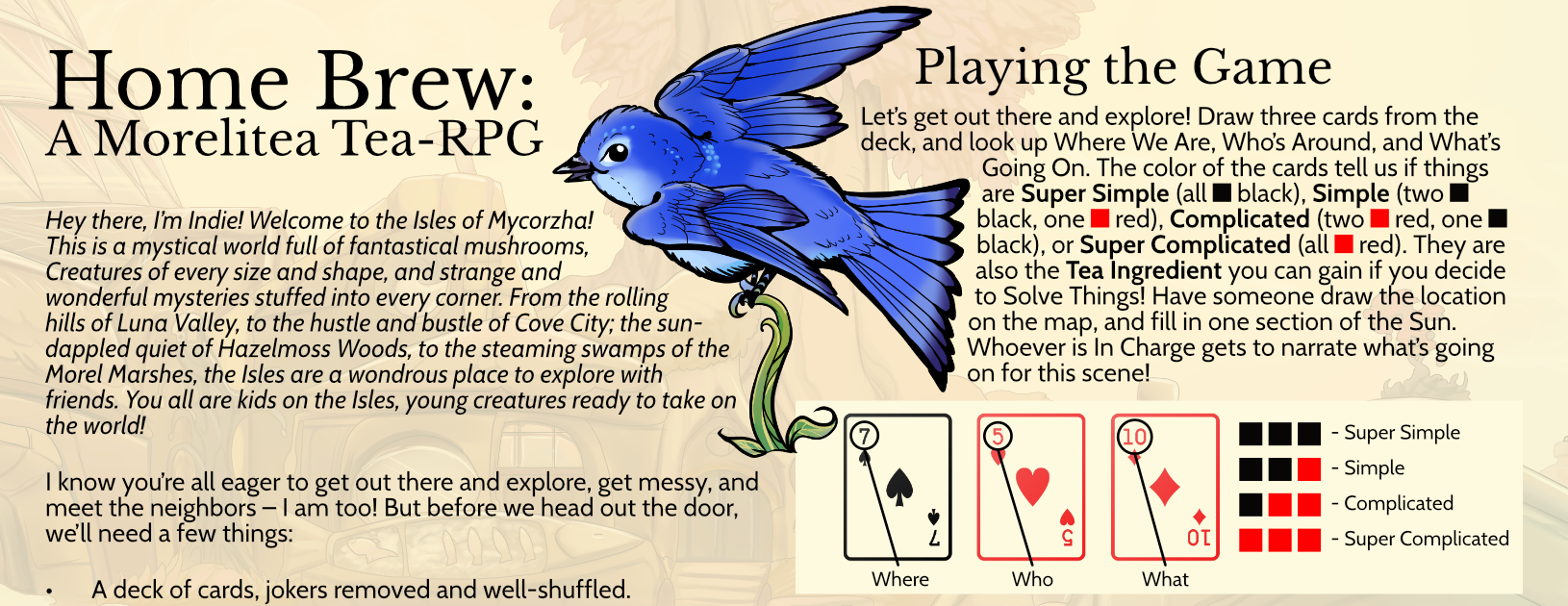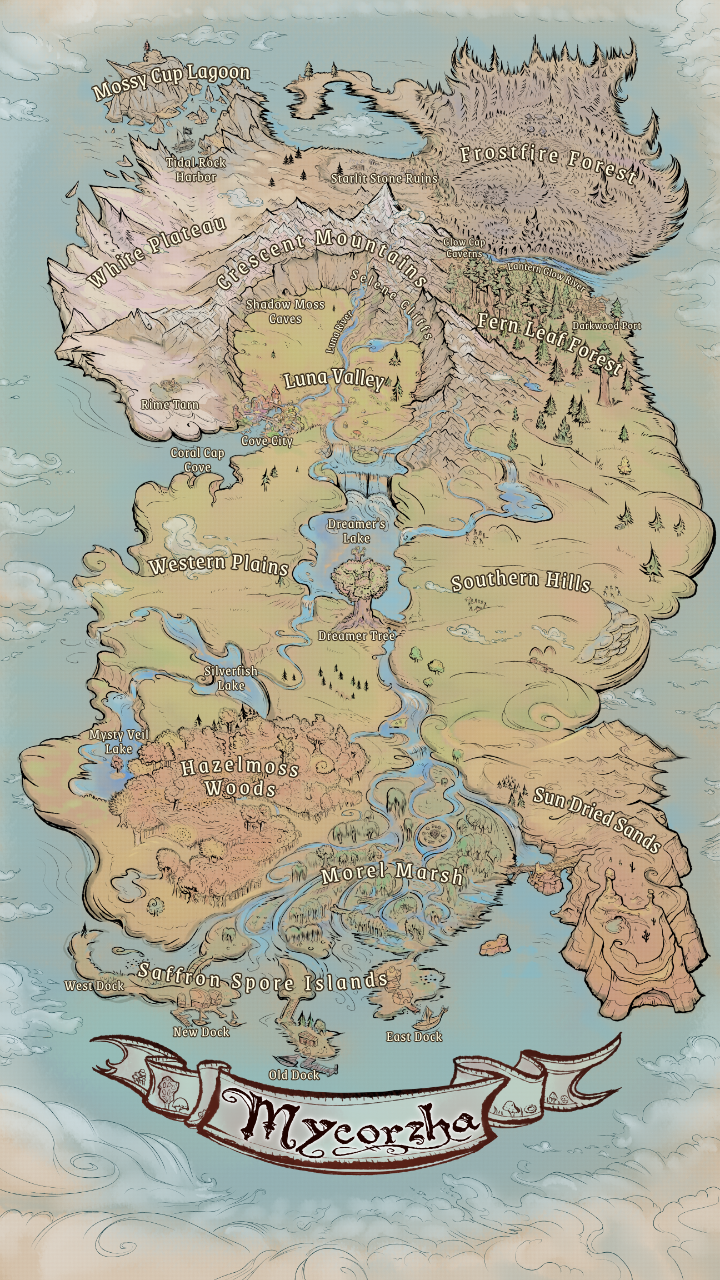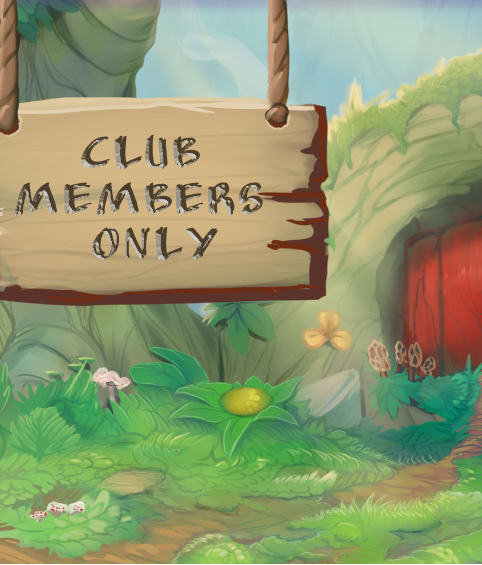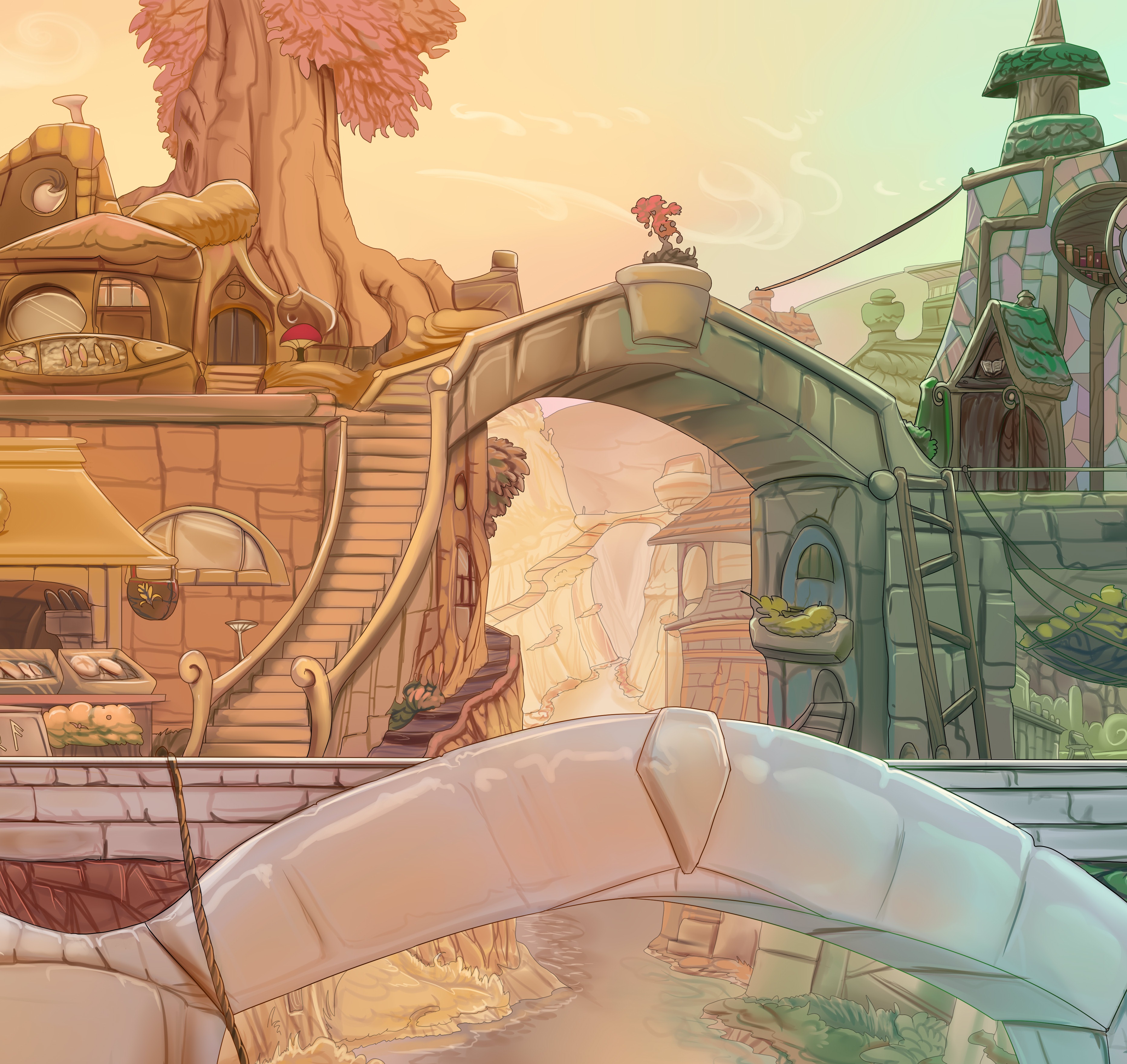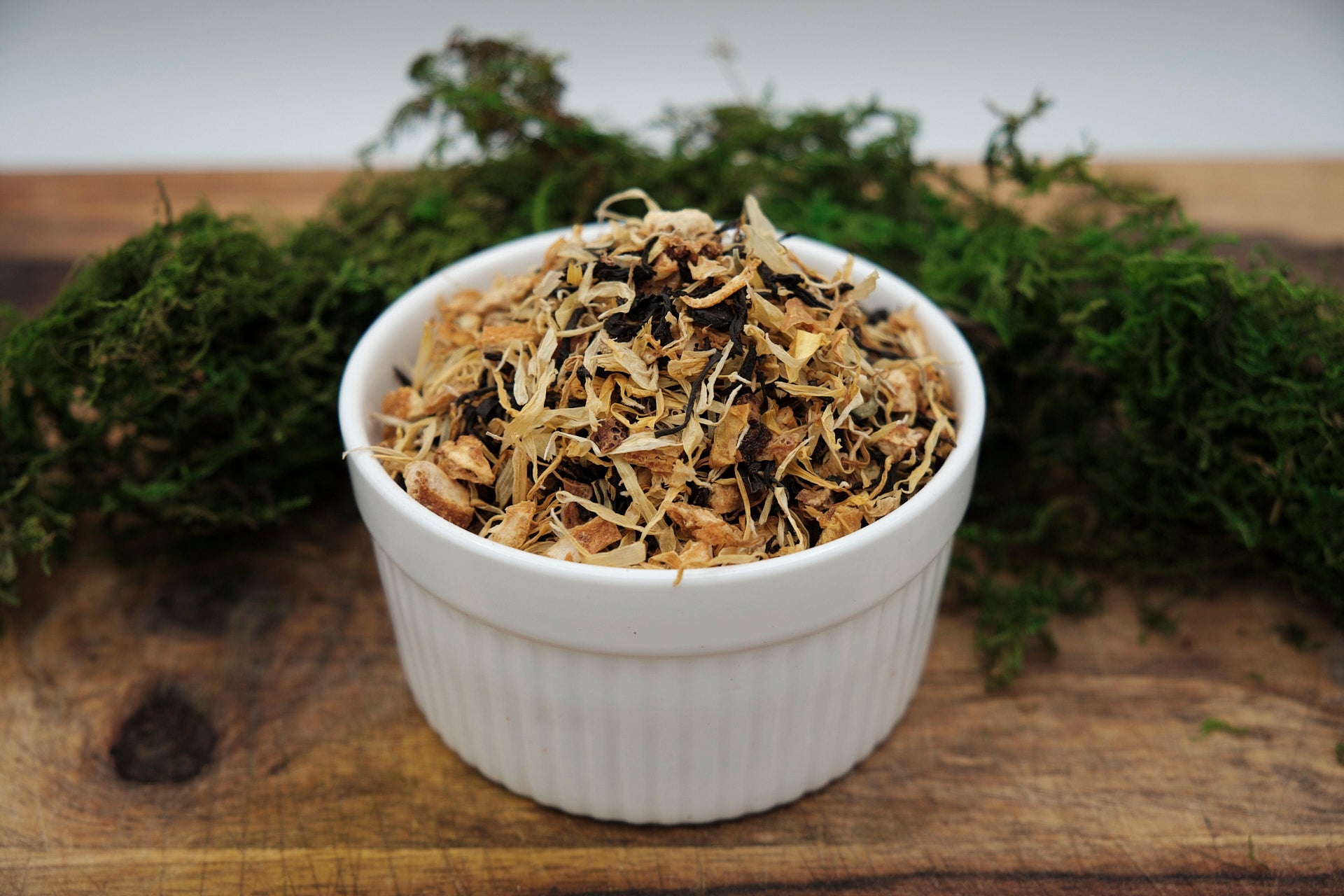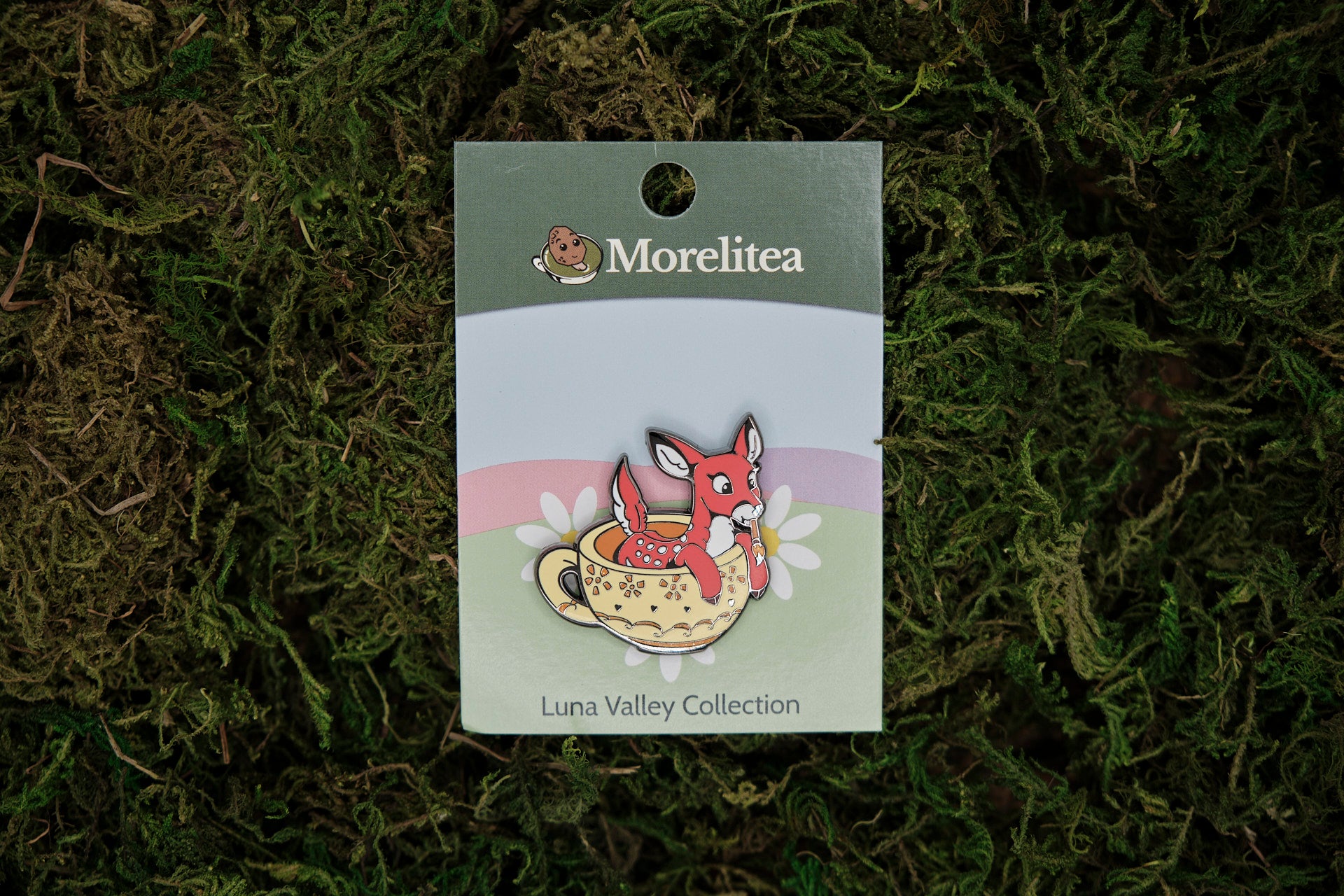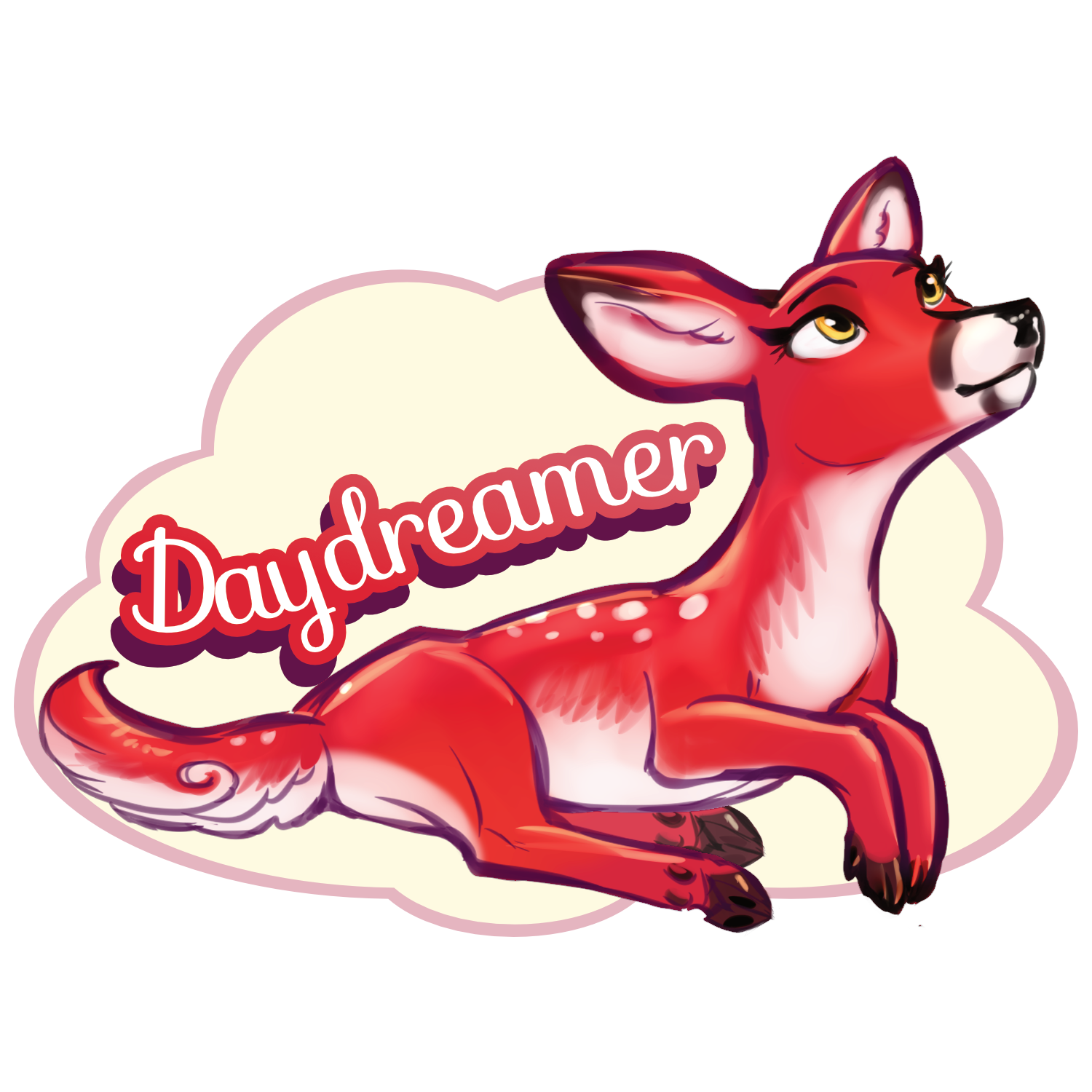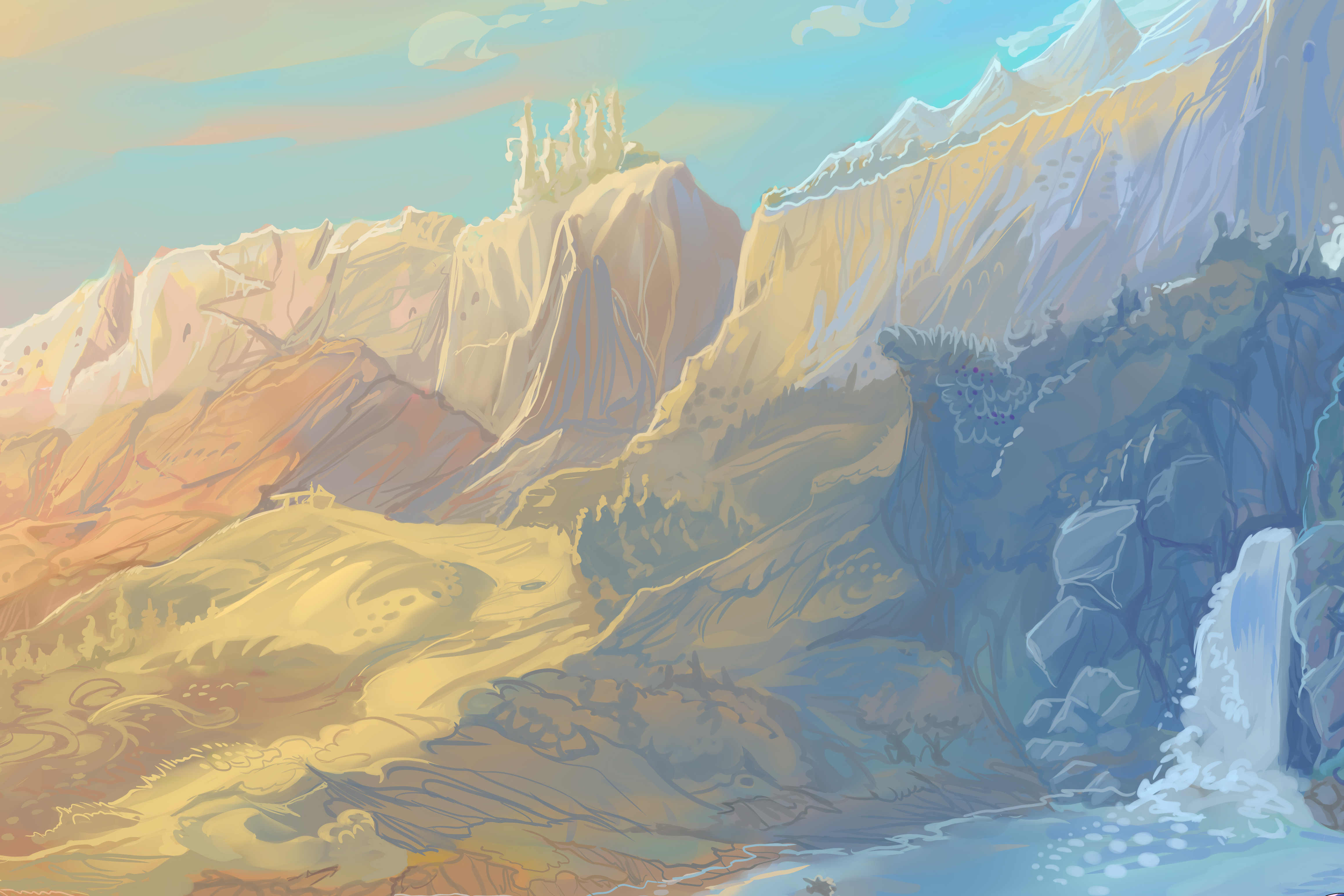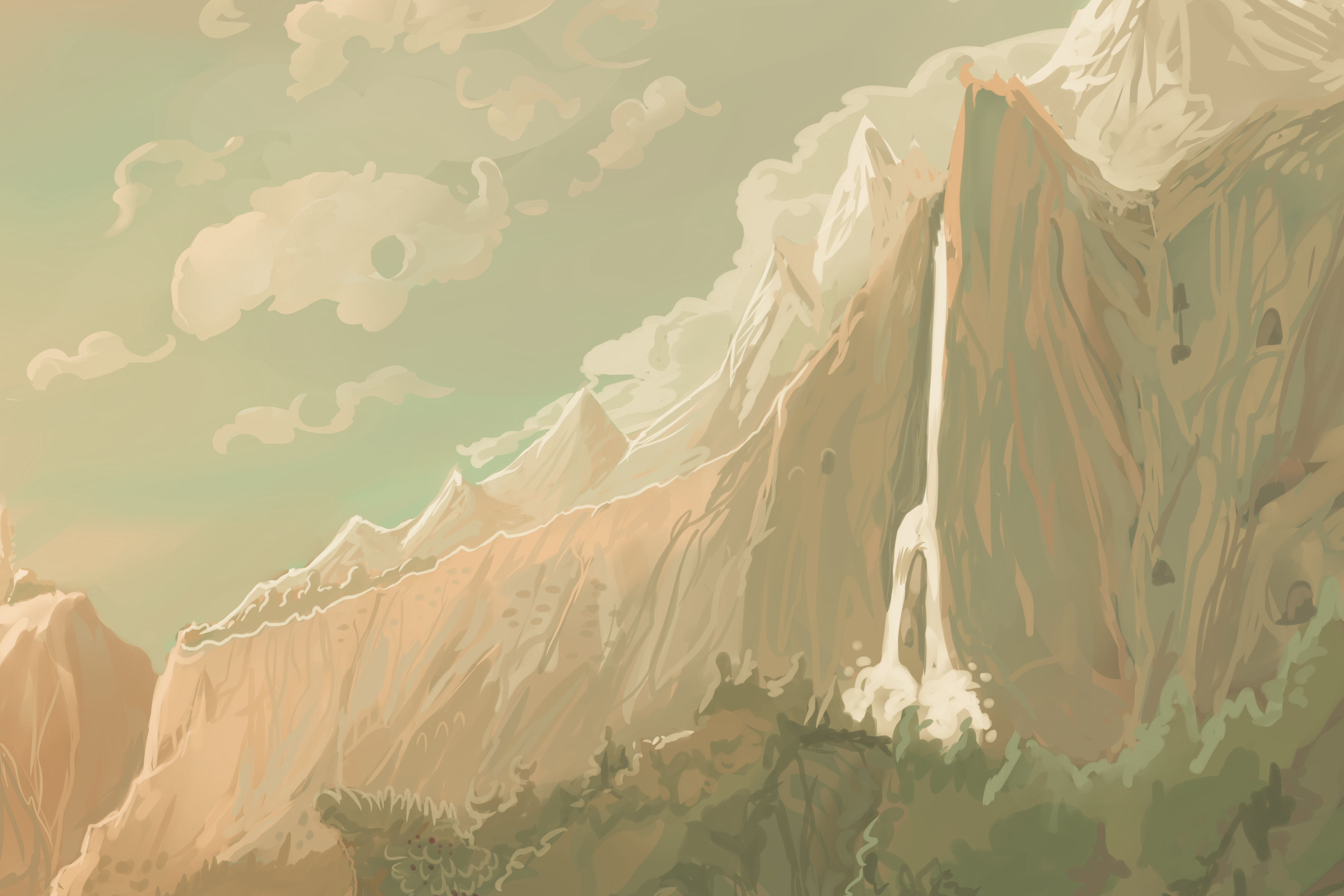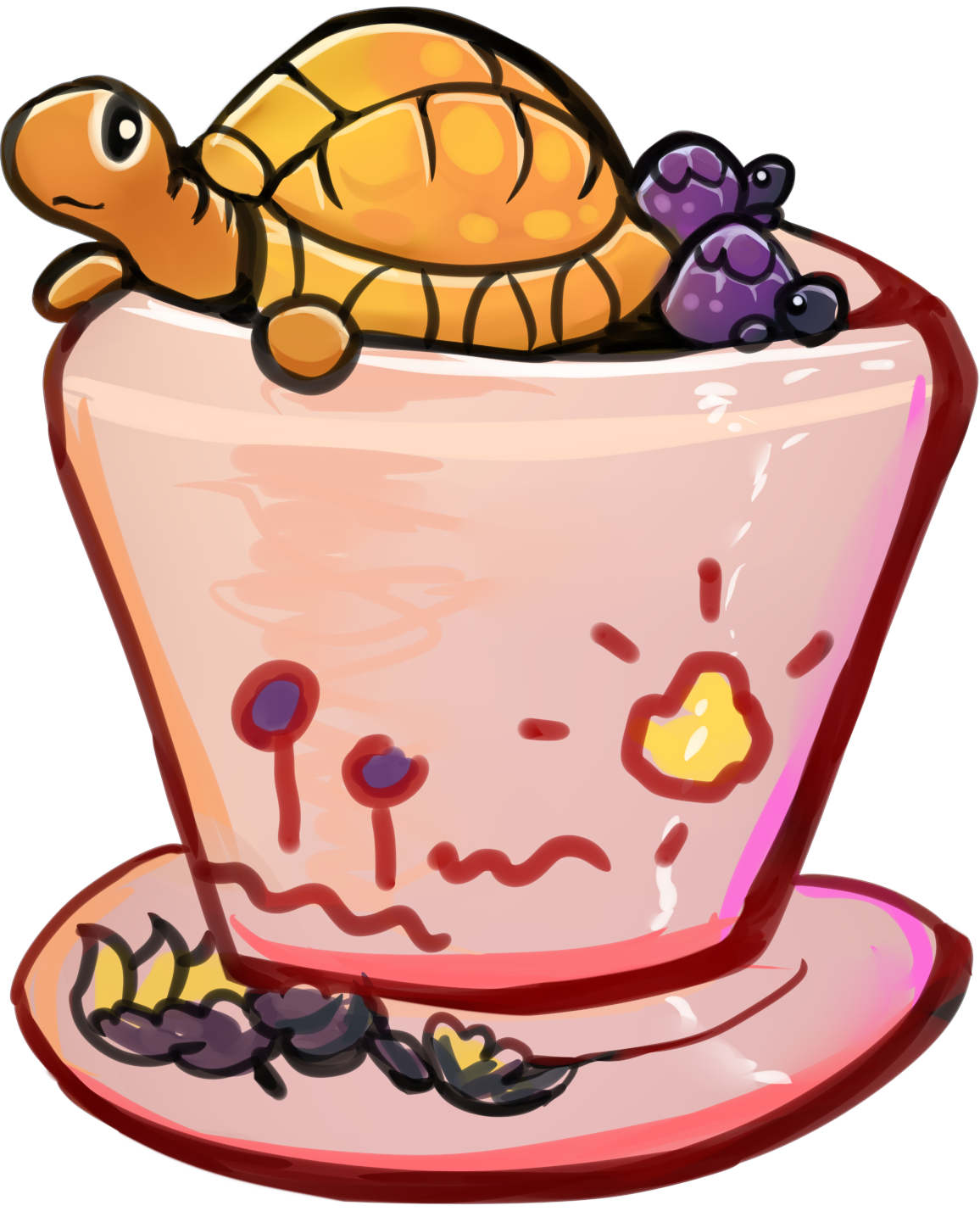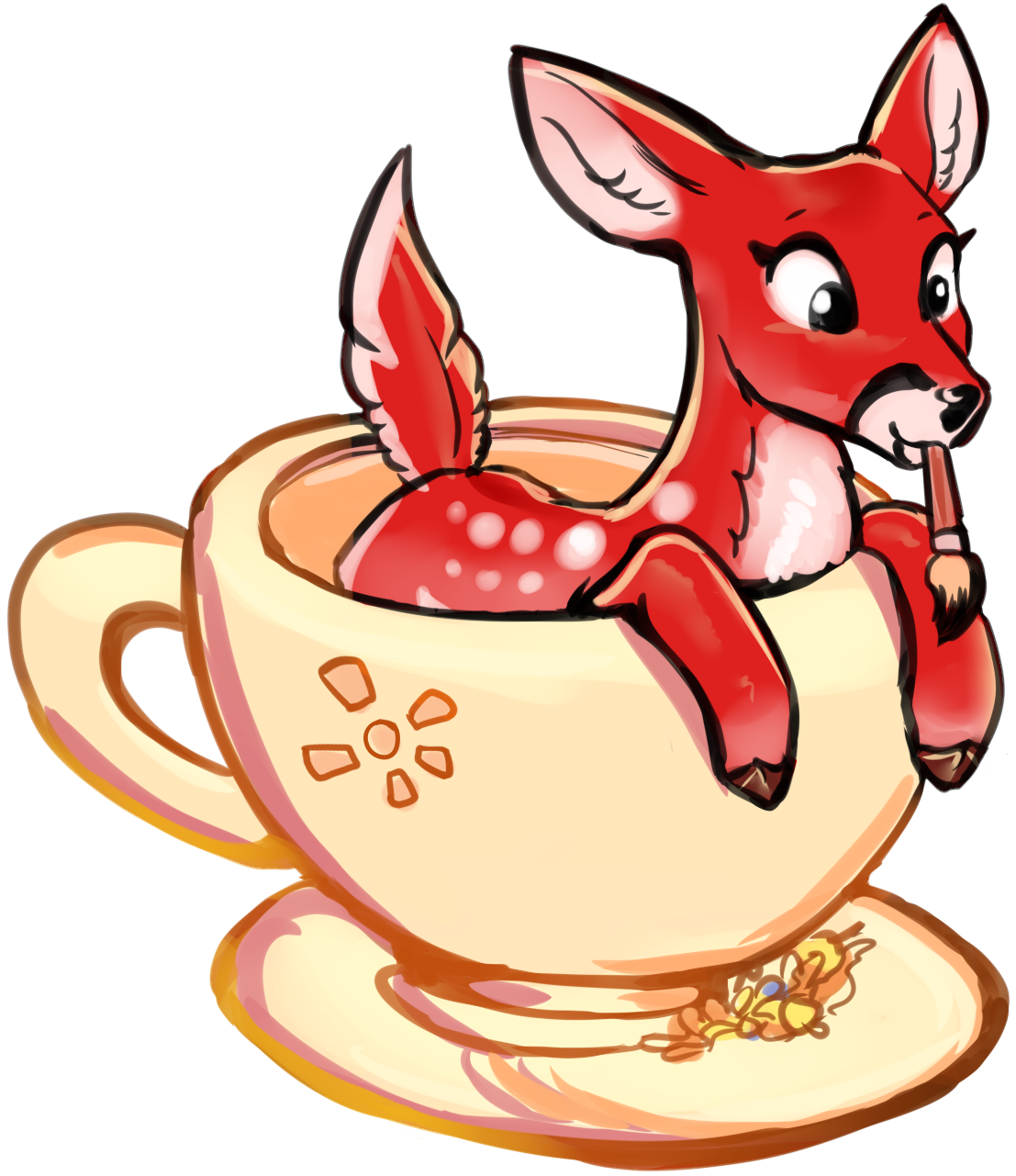Not much of a strong accent due to the constant moving buzz that comes with being in a place like Luna Valley. A lot of words are borrowed from the Beyonders, making their way into local slang and confusing folks that aren't from around there.
Regional Differences
Each region of Mycorzha has many shared beliefs and values, but all the same each have aspects that make them unique.
To learn more about shared beliefs, holidays, and cultural aspects on the Isles go to the Mycorzha Wiki ↦
Luna Valley rests in the crater like cliffs that are at the edge of the crescent mountains. The huge glacial peaks surrounding it do well at preventing bad weather, and so there is rarely a stormy night to worry about, with the sun shining 300+ days of the year overhead. The volcanic soil from the mountains surrounding it is filled with nutrients and food grows here freely and with great ease. Because of this most of the population of the Isles resides here or in Cove City nearby. So as not to disturb the top soil many who live here burrow underground to build permanent residences, finding the cool break from the sun refreshing, and the smell of the earth a comfort at the end of a long day.
Read more
Dialect
Spirituality
Luna Valley is a less spiritual part of the land, due in part to the blended cultures, but also because it can be more disconnected from natures cycles in the ever plentiful valley. That said, one would never take a mushroom without telling the land thank you for its blessings, even though at this point its as normal as saying "bless you" after a sneeze. Like many cultures which rely on a key water source funerals are held by boat crafts sent out to sea. Creatures are wrapped in a clean mushroom cloth and adorned with their favorite teas, flowers, and other things from life. The River goddess is believed to carry you down Luna and into the mysts, a place "in between" which cannot be accessed by the living. The River creatures of Luna Valley have a unique religious belief you can learn more about under their subculture section.
Learn more about Spirituality on the Isles
Art
Art here is heavily influenced by the city, colorful and bright with distinct geometric patterns throughout, but the tones are softened into pastels to blend with the flower fields that cover much of the valley. Creatures that live here tend to value symmetry and practicality to their designs. Clutter is generally frowned upon and so grand ornate designs are seen as rather eccentric. As one of the few places with permanent residences, some going back many generations in one family, the homes found here tend to be very self expressive from the many years of careful cultivation. Simple braids made from old vines pulled from the river shores are used as accents, and river baskets that once carried trade goods but sprung a leak are reused as plant pots where many grow delightful herbs and flowers not from the valley for year round enjoyment.
Holidays
Like all of the land Luna Valley celebrates the 4 major turns of the season. Holidays here are HUGE, with each day celebrating the turn of the season often having the burrows and nests adorned with natural seasonal decor, and community feasts held outside where people share their personal food and teas with others freely. Some of the more competitive individuals go all out and try to create new and artistic food presentations for these to wow their neighbors, even planning for just one holiday for a whole year to pull this off.Those who are religious or spiritual, and many who just culturally feel its a little whimsical, will make these foods from the blessed objects of that given holiday. Traditionally in Luna valley a blessing is baked (or steeped) into the dishes you prepare and thought to bring good (or bad...) luck to those who partake in your food. This is mostly taken as a silly thought, but its not abnormal to blame a bit of bad luck on your neighbors cooking in a playful jab. Those who are trying to impress the parents of a lover would always be sure to say that the parents food was to blame for all their recent success.
Learn about the 4 major holidays of the Isles
Common Activities and Interests
Luna valley is a bit more fast paced than most of the land, with people who really enjoy exploring, river tubing, and creating community events to celebrate holidays or simple play some games together that keeps people out and about. It is not uncommon here for people to create hobby groups that meet just to do a shared activity like painting, trivia nights, or creating tea blends together. The blend of cultures and creatures through the area means most people have friends of all types, and the shared hobbies help them to build the closer bonds that are more common for the less populated areas.
Flora & Fauna
✦ Fairy Ring (Marasmius oreades)
✦ Field Mushroom (Agaricus campestris)
✦ Shaggy Ink Cap (Coprinus comatus)
✦ False Parasol (Chlorophyllum molybdites)
✦ White Dunce Cap (Conocybe apala)
✦ Weeping Widow (Lacrymaria velutina)
✦ Parasol Mushroom (Macrolepiota procera)
✦ Scruffy Twiglet Mushroom (Tubaria furfuracea)
✦ Common Brown Morel (Morchella esculenta)
✦ Destroying Angel (Amanita bisporigera)
✦ Puffball (Calvatia gigantea)
✦ Basket Stinkhorn (Lysurus cruciatus)
✦ Pinwheel (Marasmius rotula)
✦ White Dapperling (Leucoagaricus leucothites)
✦ Fly Agaric (Amanita muscaria)
✦ Echinacea (Echinacea purpurea)
✦ Gloriosa Daisy (Rudbeckia hirta)
✦ False Indigo (Baptisia australis)
✦ Aromatic Aster (Symphyotrichum oblongifolium)
✦ False Sunflower (Heliopsis helianthoides)
✦ Butterfly Weed (Asclepias tuberosa)
✦ Wild Bergamot (Monarda fistulosa)
✦ Chokeberries (Aronia melanocarpa)
✦ Persimmons (Diospyros virginiana)
✦ Wild Grapes (Vitis riparia)
✦ Pawpaws (Asimina triloba)
✦ Purple Passionfruit (Passiflora incarnata)
✦ Wild Oat (Chasmanthium latifolium)
✦ Little Bluestem (Schizachyrium scoparium)
✦ Switchgrass (Panicum virgatum)
✦ Indian Grass (Sorghastrum nutans)
✦ Eastern Redbud (Cercis canadensis)
✦ American Hazelnut (Corylus americana)
✦ New Jersey Tea (Ceanothus americanus)
✦ Witch Hazel (Hamamelis virginiana)
✦ Ninebark (Physocarpus opulifolius)
✦ Bur Oak (Quercus macrocarpa)
✦ Shagbark Hickory (Carya ovata)
✦ Black Walnut (Juglans nigra)
✦ Hackberry (Celtis occidentalis)
